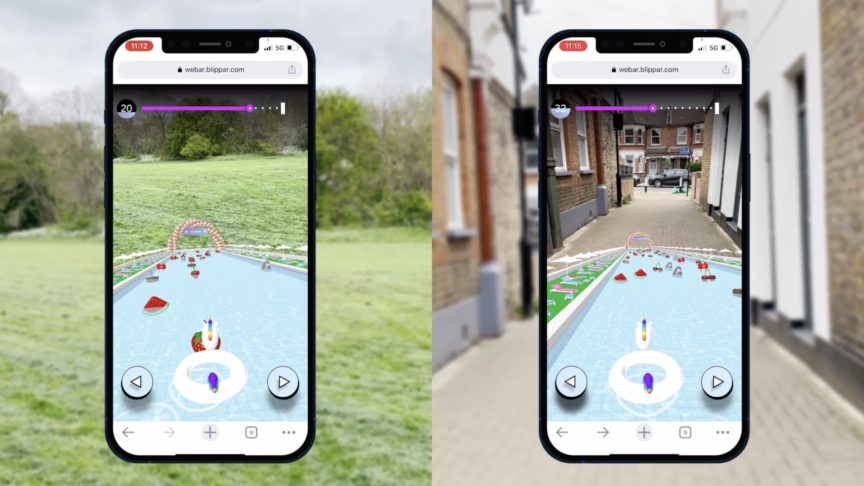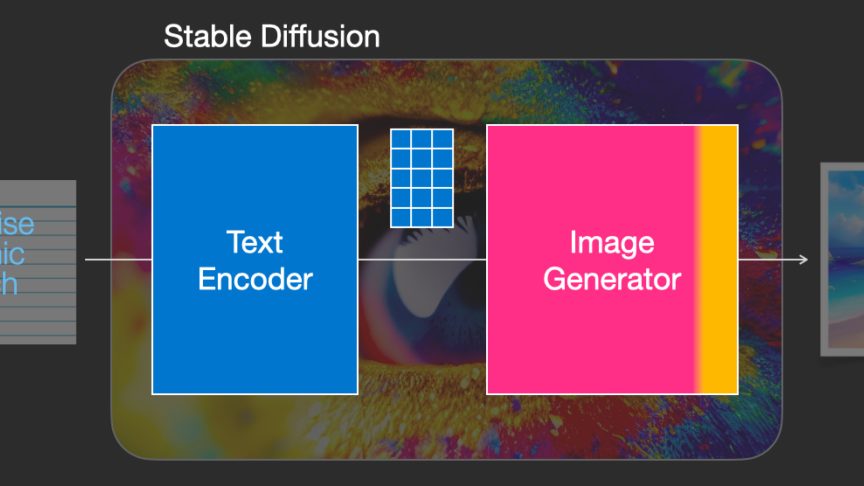What is Augmented Reality, Virtual Reality, & Mixed Reality?
March 13, 2017
What is Augmented Reality, Virtual Reality, & Mixed Reality?

It should come as no surprise that the pace of change and development in technology is showing no signs of stalling. Rather, 2018 will see the line between the physical and digital world becoming increasingly blurred. At the forefront of these developments is Augmented Reality and Virtual Reality, with investment in these technologies last year growing to 25 times what it was in 2014. By 2021, the industry is projected to be worth a staggering $108 billion. As AR and VR spread and become normalised, players in every industry sector will need to assess how they can capitalise on and incorporate these technologies.

What is Augmented Reality (AR)?
Augmented Reality is the technology that allows digital information – videos, photos, links, games, etc. – to be displayed on top of real world items when viewed through the lens of a smartphone or tablet. As the word ‘augmented’ suggests, it adds to the world around you, rather than blocking out your physical environment.
Consumers have become more familiar with mobile AR technology following the release of apps like Pokemon Go. People are also increasingly being exposed to AR branded content as more companies use the technology as part of their brand strategies; for example, Maxfactor is using Blippar’s AR technology to engage more deeply with their consumers and to transform their makeup range into blippable content, which gives consumers access to try-ons, reviews and tutorials.
AR is gearing up for mass adoption via smartphones over this year; Tim Cook, the CEO of Apple anticipates that “eventually all countries, will have AR experiences every day, almost like eating three meals a day”. Blippar CEO, Ambarish Mitra, also predicts the widening of AR appeal to consumers and stipulates that “computer vision and AR will go mainstream well before head-mounted devices take off, and it’s gonna happen through phones”.

What is Virtual Reality (VR)?
Virtual Reality, on the other hand, immerses users wearing VR headsets in a 360 degree digital environment with which they can seamlessly interact, but which receives no input from the physical world.
2016 saw VR becoming more consumer-friendly following the release of the headsets Oculus Rift, Playstation VR, and HTC Vive. While initially positioned as revolutionary for gaming, the product opportunities are expanding - Samsung with NBA is exploring the opportunity to sell virtual tickets for basketball games to global fans. VR could also impact the retail landscape; specifically, how shop spaces are designed and used, with Alibaba recently launching the VR mall, Buy+.
VR, while interesting for gaming and entertainment, does not offer the same discrete and portable service that AR does and will therefore not likely be incorporated into everyday life just yet - it will need to find news ways to make content creation more accessible and seamless.

What about Mixed Reality (MR)?
While both technologies previously offered very different features and functions, Mixed Reality technology presents a hybrid of AR and VR that sees the two technologies blur and merge. The younger sibling of Augmented Reality, MR technology displays similar capabilities, augmenting the real world with virtual objects. However, with the digital content created so that the user can interact with and manipulate it, the experience will be highly engaging, impacting even what we see when we walk down the street. Microsoft’s MR headset, HoloLens, was one of the first products to enter this market, but Magic Leap is thought to be the leading edge. However, it is not the only company developing this technology - 2017 is poised to be an interesting year for MR as more players start to build in this space.

2017 will certainly be an interesting year for these technologies as more and more products are entering the market and the rate of innovation is accelerating fast.
If you are interested in exploring AR and creating your own brand experiences, sign up for our self-service tools and get started for free today.



